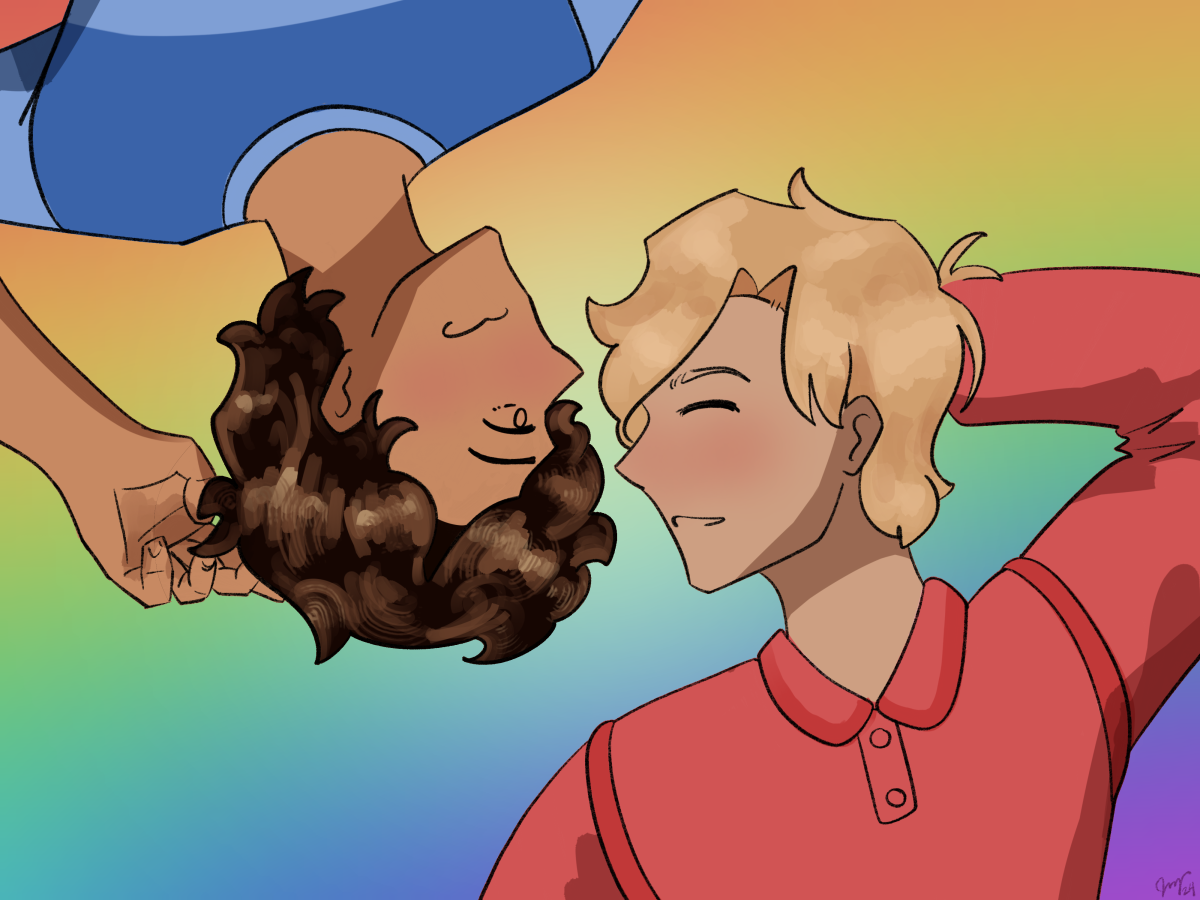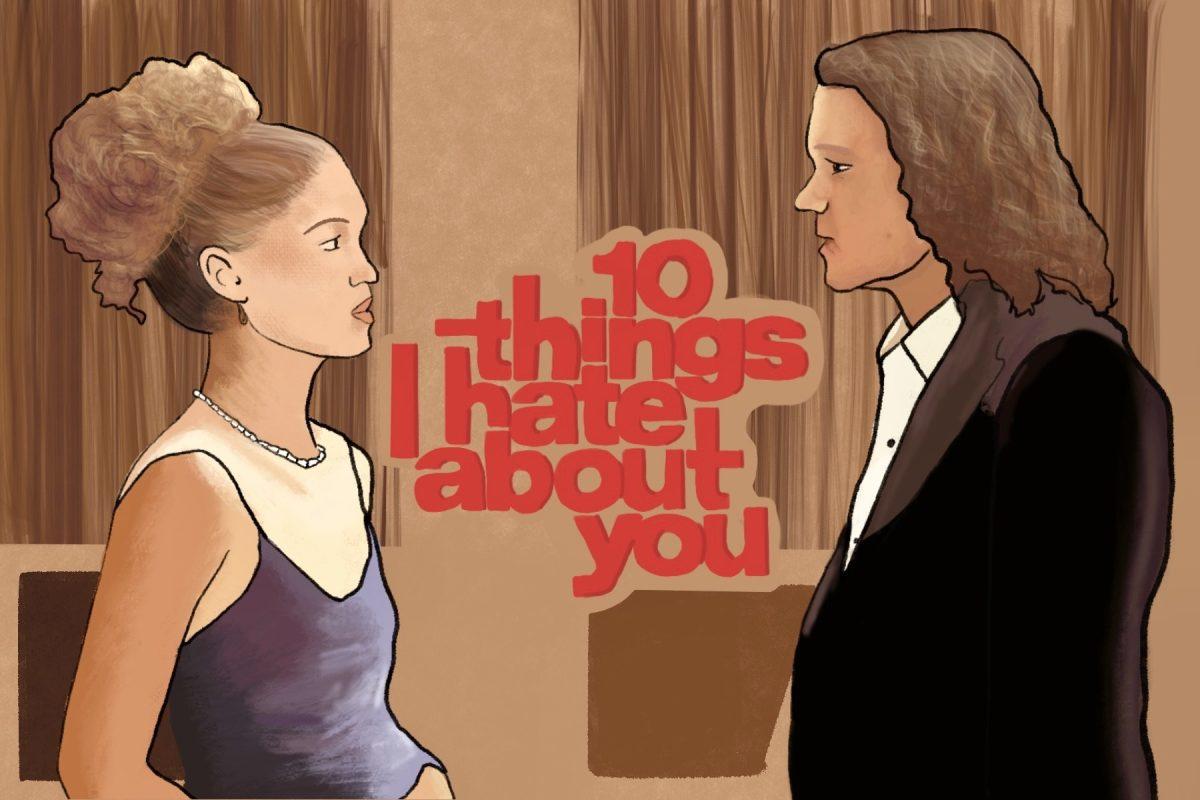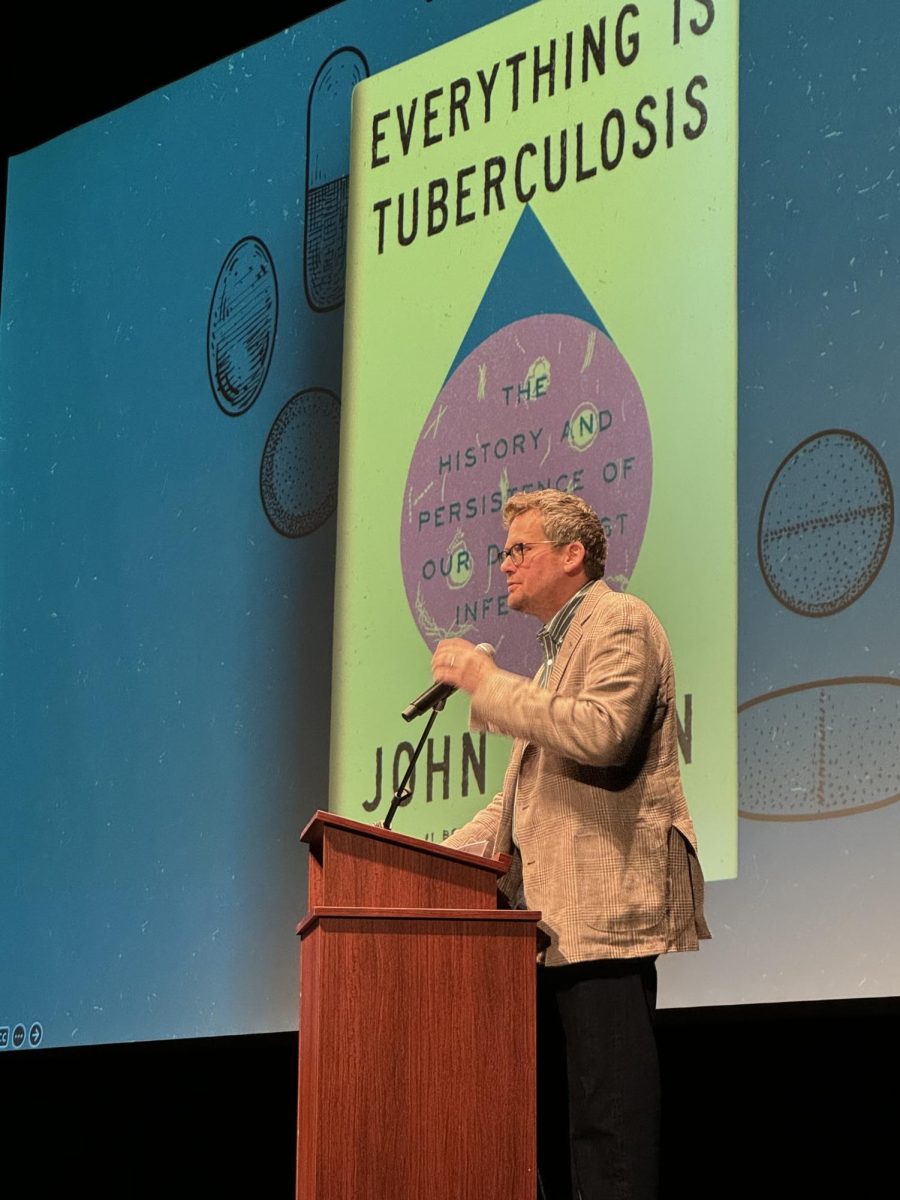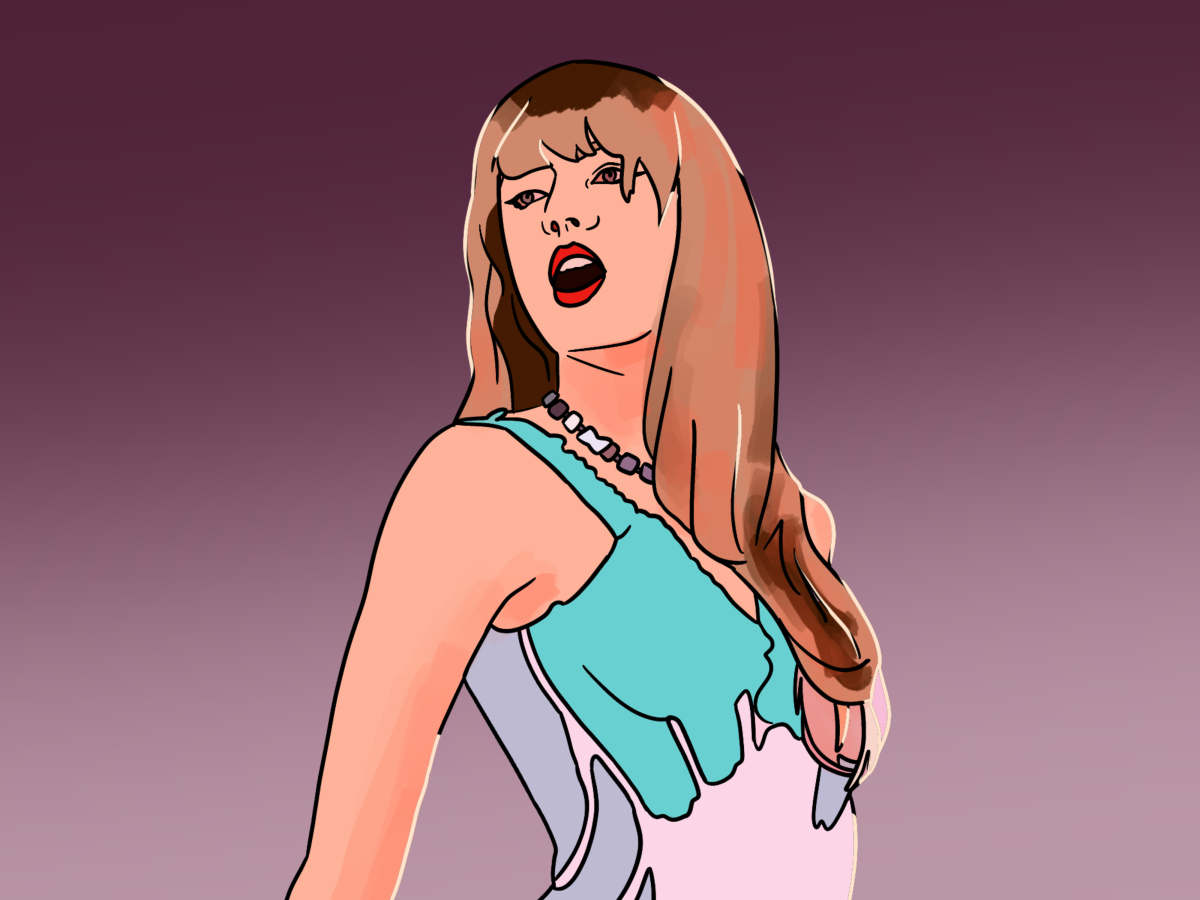Alice Oseman’s Heartstopper, Volume 5 is the fifth and penultimate installment in the graphic novel series that has taken the Internet by storm over the past few years, especially after its television adaptation was released on Netflix in 2022. The comic was released this past December and has seen high Goodreads ratings consistent with the rest of the series. Although I enjoyed it more than the second through fourth volumes, it still didn’t live up to the expectations created by the first installment and ultimately left me underwhelmed.
The Heartstopper comics focus on English teenagers Nick and Charlie as they navigate their sexualities and public perception and as they enter a relationship with one another. The fifth volume centers largely around the internal conflict surrounding whether or not to take their relationship to a sexual level. However, it also discusses Nick’s struggles with deciding where he wants to apply to university, Charlie’s bodily insecurities and recovery from anorexia, and Charlie’s mysterious sister Tori. While Heartstopper, Volume 5 provided a quick, decent storyline, it failed to make the impact its prequels did and left me hoping for more.
My first main issue with the story was the surface-level nature of Charlie and Nick’s relationship. Throughout the series, Oseman presents their relationship with external conflicts, challenging its strength through classmates’ homophobia, Charlie’s eating disorder, and Nick’s fear of coming out. Regardless of these issues, the relationship is still nearly perfect, with the two boys forming an “us against the world” mentality. The storyline never shows any cracks in the relationship, forming the unrealistic notion that relationships, queer or not, should be flawless. This idea also pertains to the relationships of Tara and Darcy and of Tao and Elle (with the exception of their rocky transition from friends to lovers).
Additionally, in Heartstopper, Volume 5, I had expected there to be a larger conversation on the lack of queer representation in the majority of sex education programs. The Gay, Lesbian, & Straight Education Network states that less than 20% of sex ed programs in the United States are LGBTQ+ inclusive. While the Heartstopper series doesn’t take place in the US, this trend is still likely to apply to other countries. Given the book’s heavy focus on sex ed and sexual relationships, it seemed like it should have been a natural addition to the plotline, given Oseman’s history of using her novels to create an impact in the queer community. Instead, like much of the rest of the comic, she gave little detail to something that had the potential to be an incredible learning experience for the audience.
One part of the comic that I did enjoy, however, was the deeper look into Charlie’s older sister Tori. Throughout the series, she has been somewhat of an enigma, showing up for Charlie as a supporter but lacking a story herself. However, in this volume, Oseman spent more time on her, building details to lead up to the reveal that comes towards the end of the story: Tori is asexual. Although I wish it had been a larger part of the book, like pretty much everything else, I appreciated that Oseman shined a light on asexual identities, which are largely ignored in the media.
Overall, Heartstopper, Volume 5 continued the series’ mission of bringing important LGBTQ+ narratives into young adult media. Despite the fact that Oseman’s attempt to focus on so many different stories meant that each one felt underdeveloped and disappointing, the graphic novel was a heartwarming read and a solid addition to the series.














































































